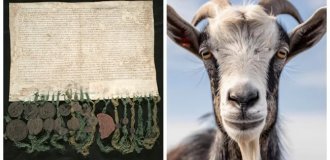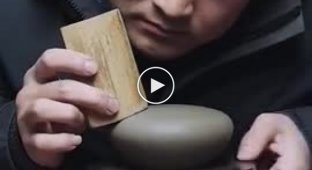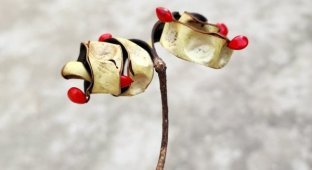Teapot Town (25 photos)
Tea is perhaps the most widespread and popular drink in the world. And some people, paying tribute to him, even build buildings in the form of teapots. 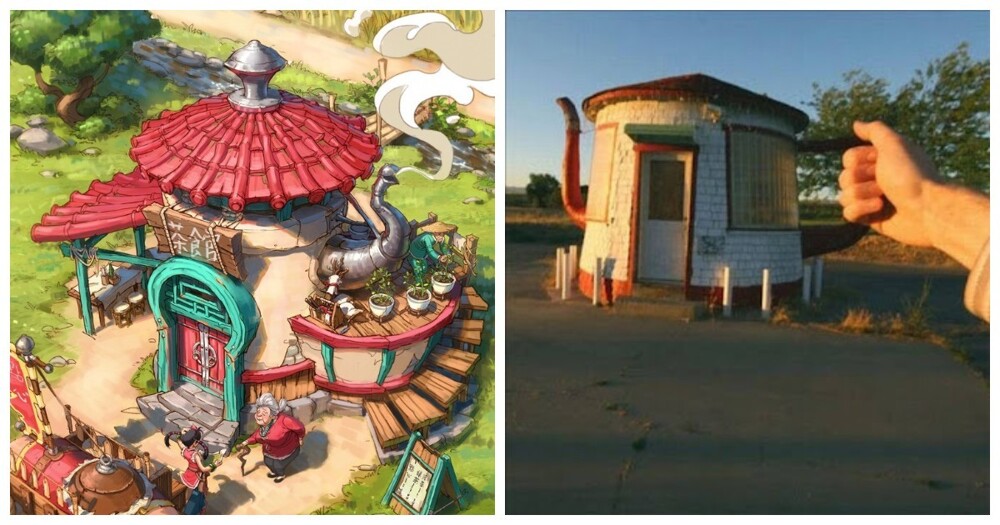
It turns out original and creative. And such architectural works do not allow you to forget about such an important event as drinking a cup of tea and taking a break from the everyday bustle, and simply delight the soul and eye with an unusual view. 
An old gas station in the small town of Zillah, Washington State, USA. Built in the 1920s as a political statement, this neat little former gas station looks like a teapot. In July 2012, it was restored and moved to its current location in the western part of the city. The kettle was equipped with non-functioning antique gas pumps and became a tourist destination. 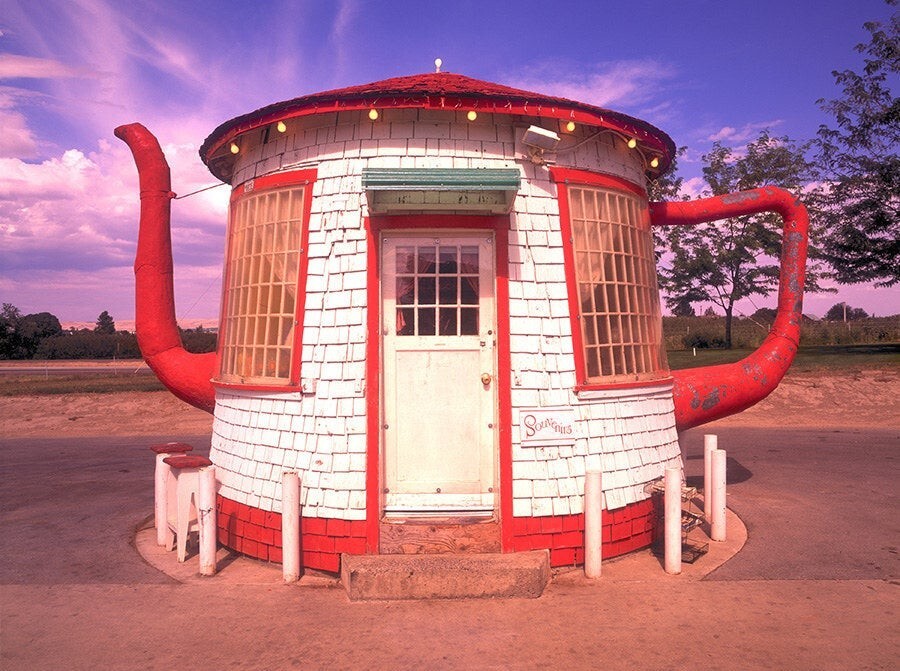
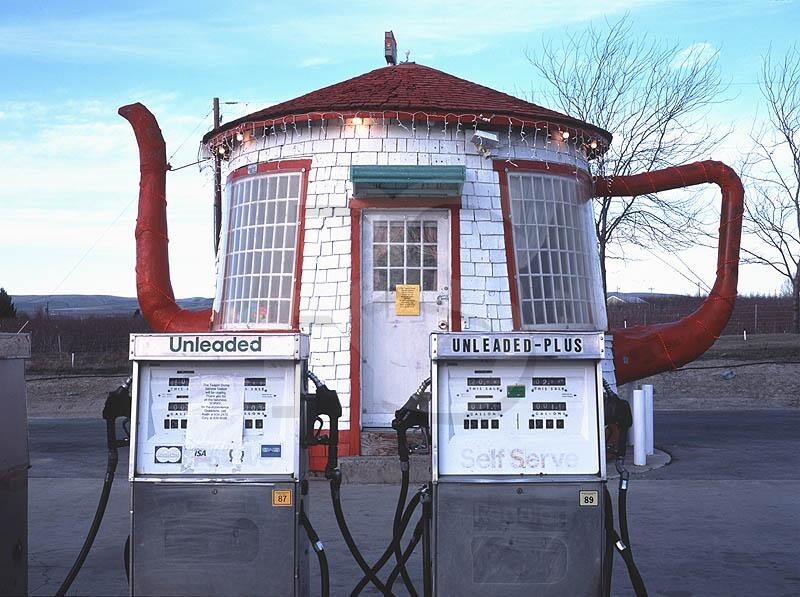

Ian Hunter's fun kettle shed in Roxburghshire in southern Scotland is one of the finalists in the UK's 2014 Shed of the Year competition. 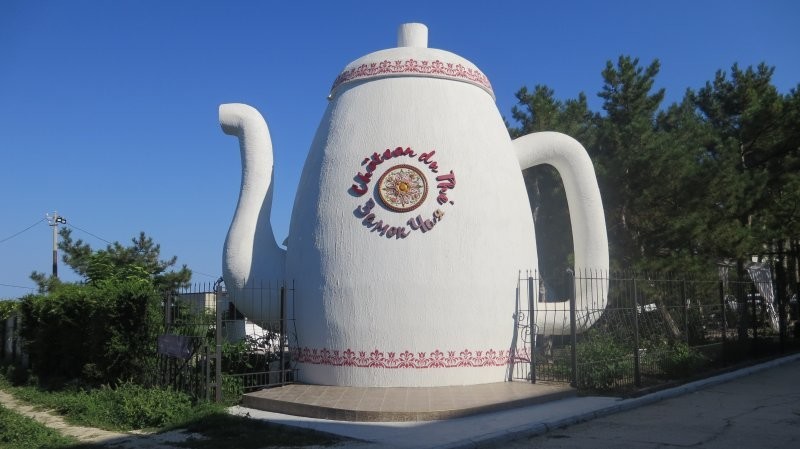
A cute cafe in Feodosia called “Castle of Tea”. 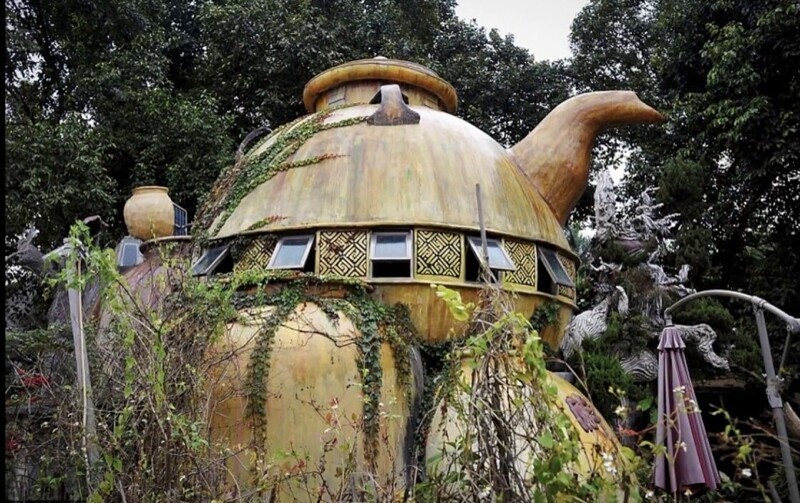
A Chinese artist created a house that looks like a teapot, and even placed it on a tree.
The amazing structure is part of the tree house he lives in and designed by Gu Yueji from Guangdong Province in China. 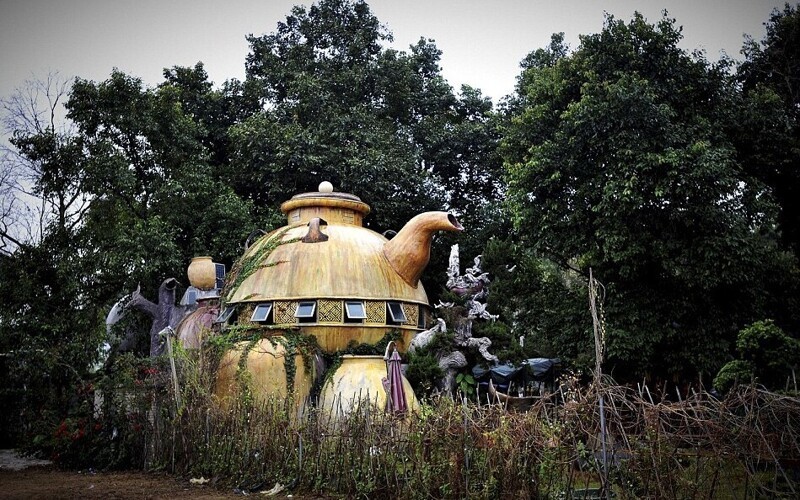
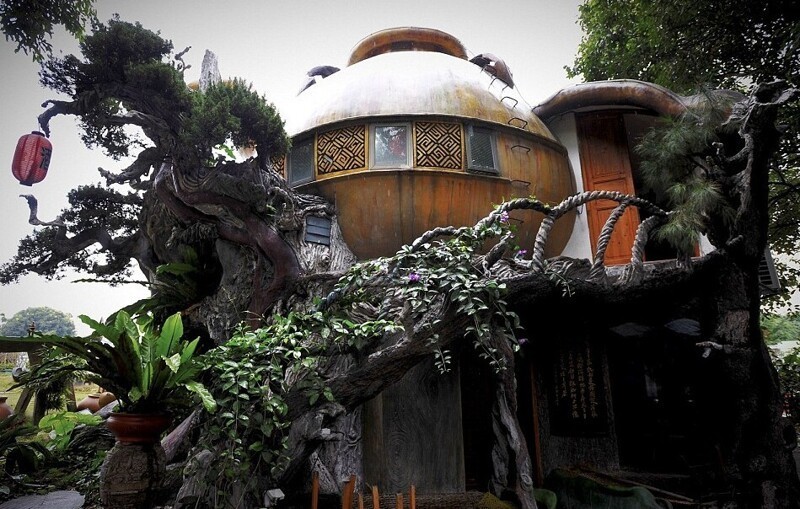
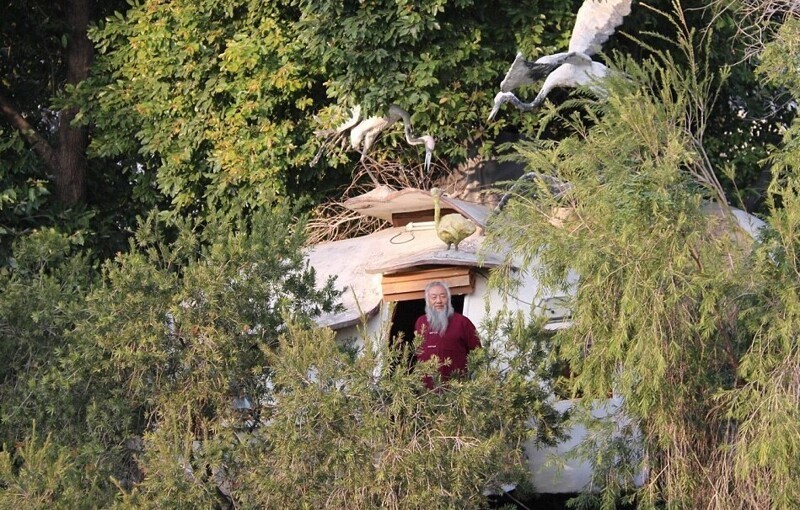
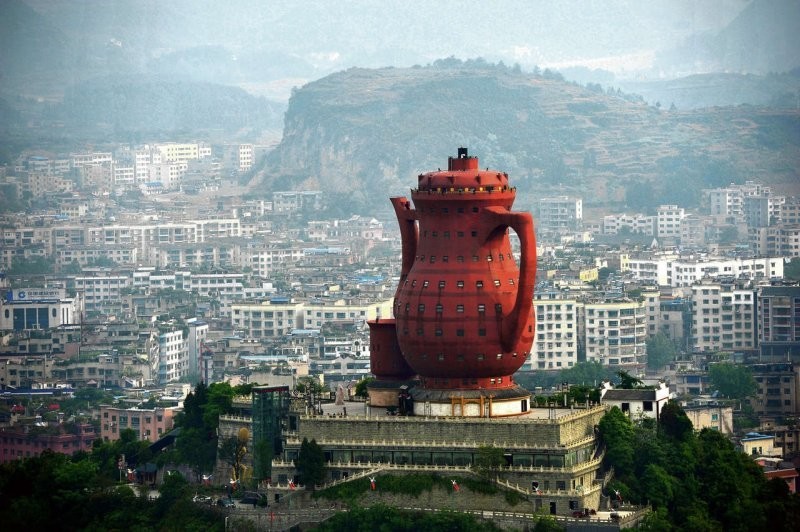
This wonderful and wonderful building is a tea museum in Meitan County, in the Guizhou province of China. Considered the birthplace of green tea. 
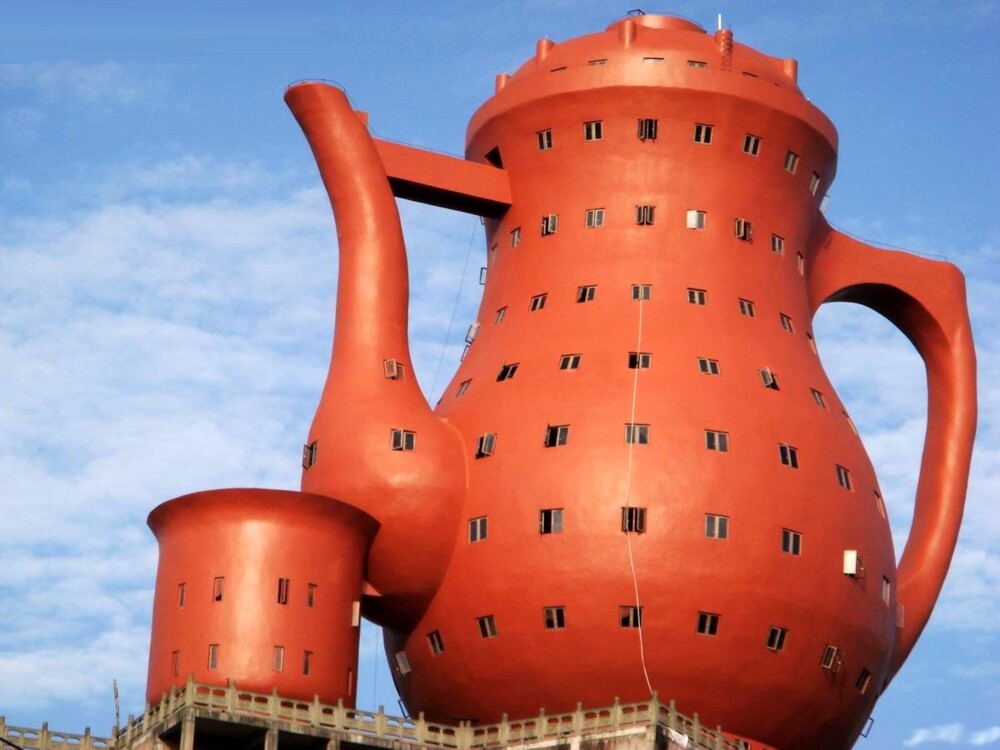

A laconic and austere example of minimalism: Torre Galatea in Figueres, Spain. 
The Stout Teapot in Galveston, Texas, is one of the city's most remarkable architectural wonders. Its exceptionally squat and durable design protected it from Hurricane Ike and other disasters that damaged other buildings in Galveston.
It has stood in the same place by the bay for more than 50 years. The house was built by a man named Clayton E. Stockley, who originally planned to turn the unique structure into a retail space. 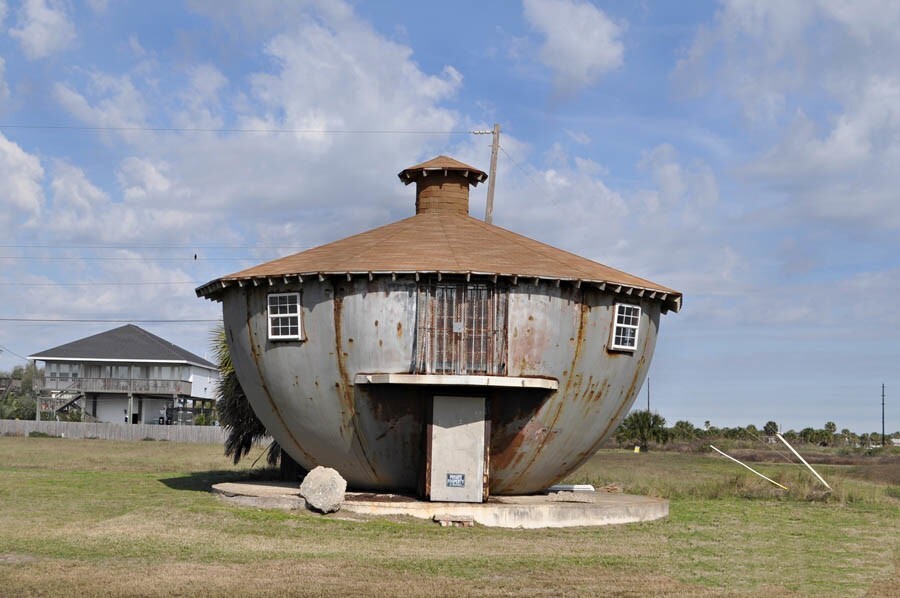
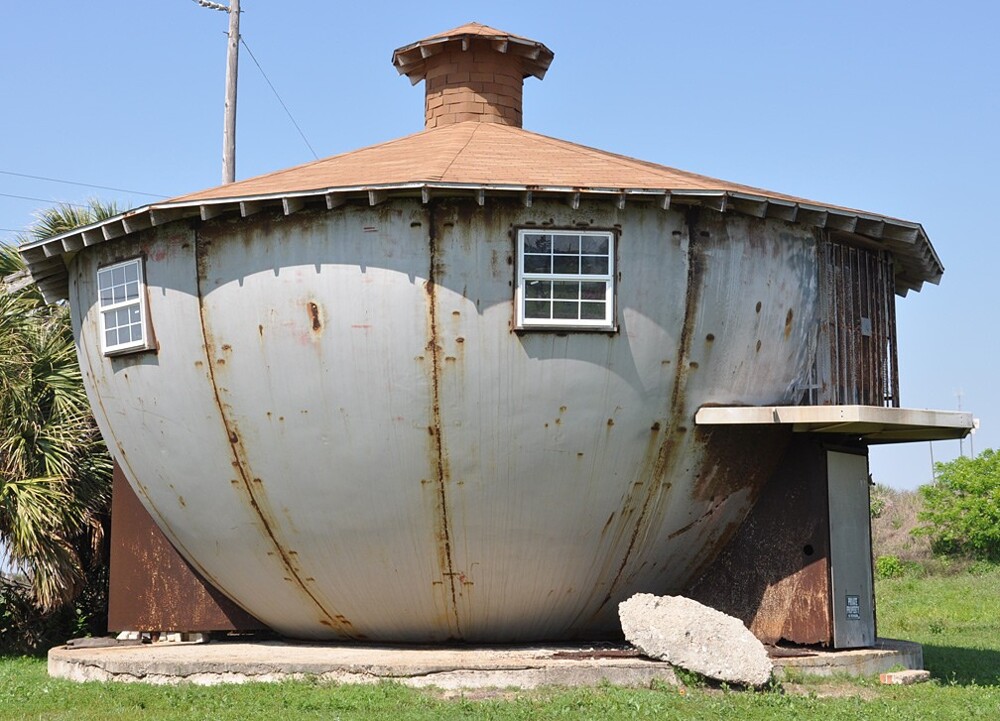

Famous Bob's Java Jive coffee shop in Tacoma. 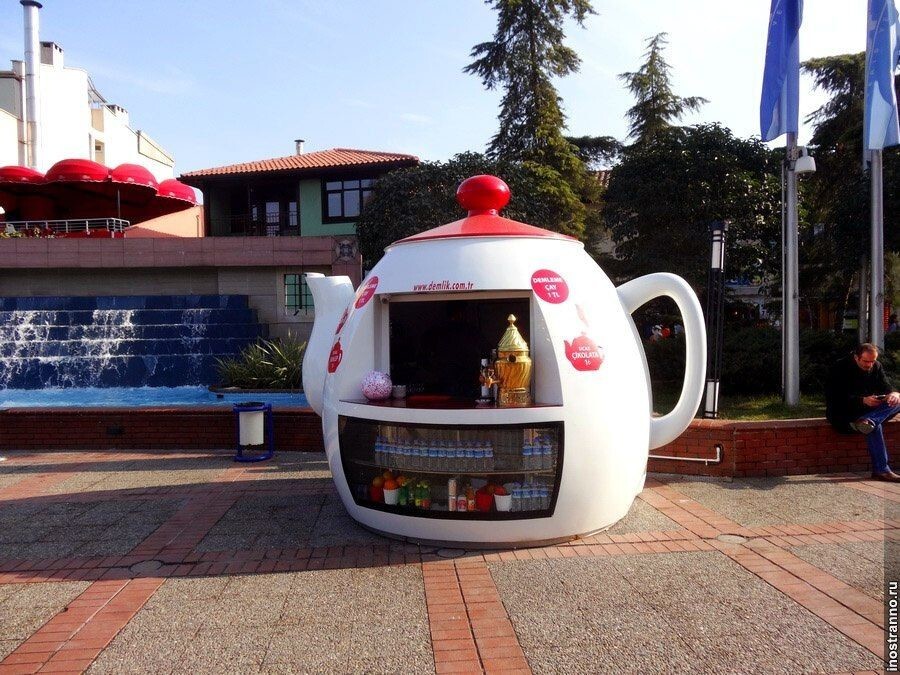
Not exactly at home, but also quite noteworthy works of the teapot style in architecture. 

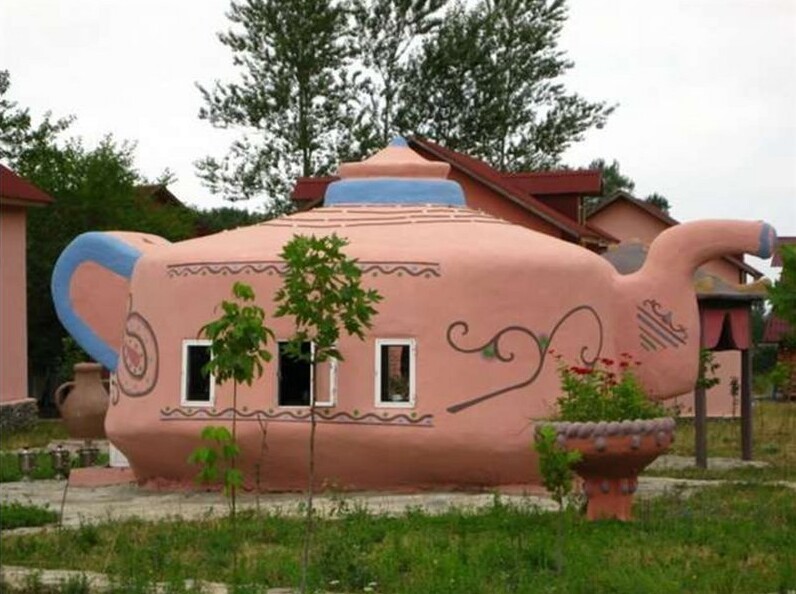
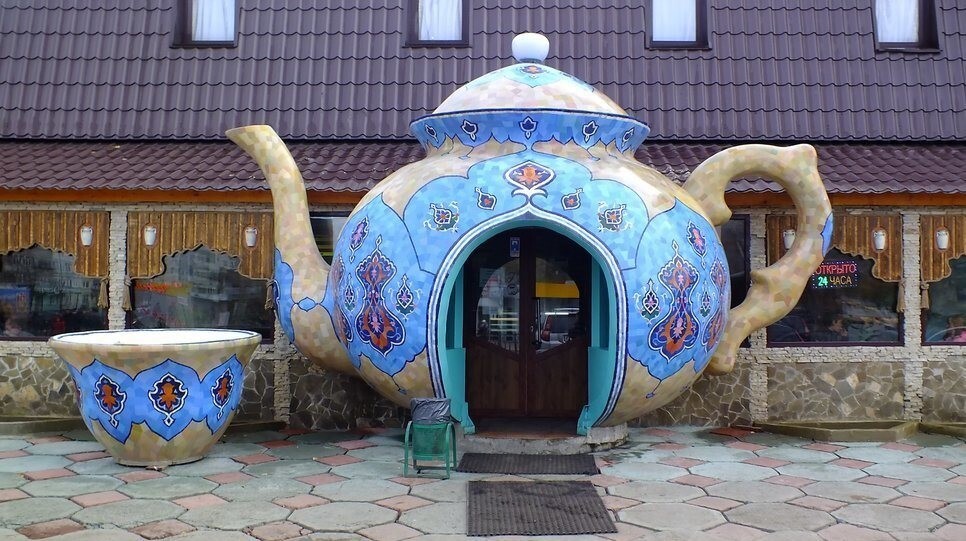
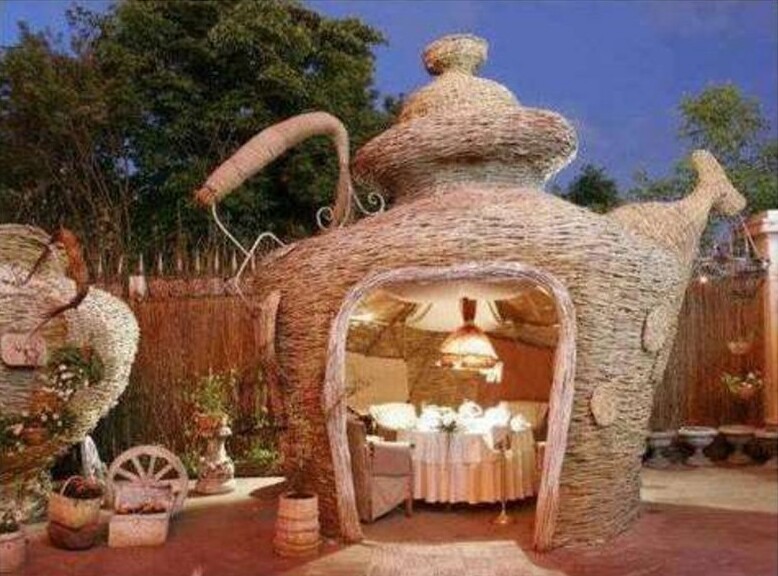
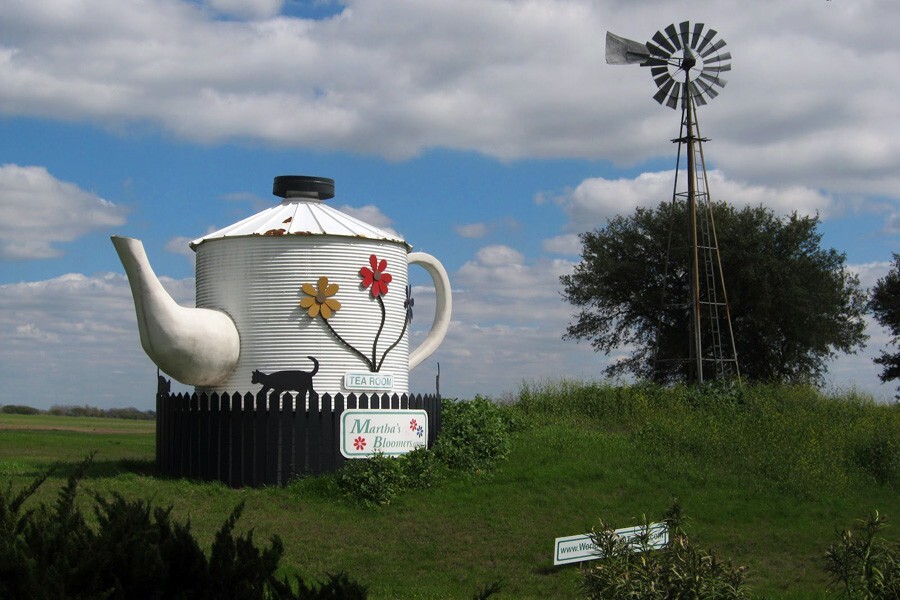
Have you come across something similar - buildings and structuresin the form of teapots?










